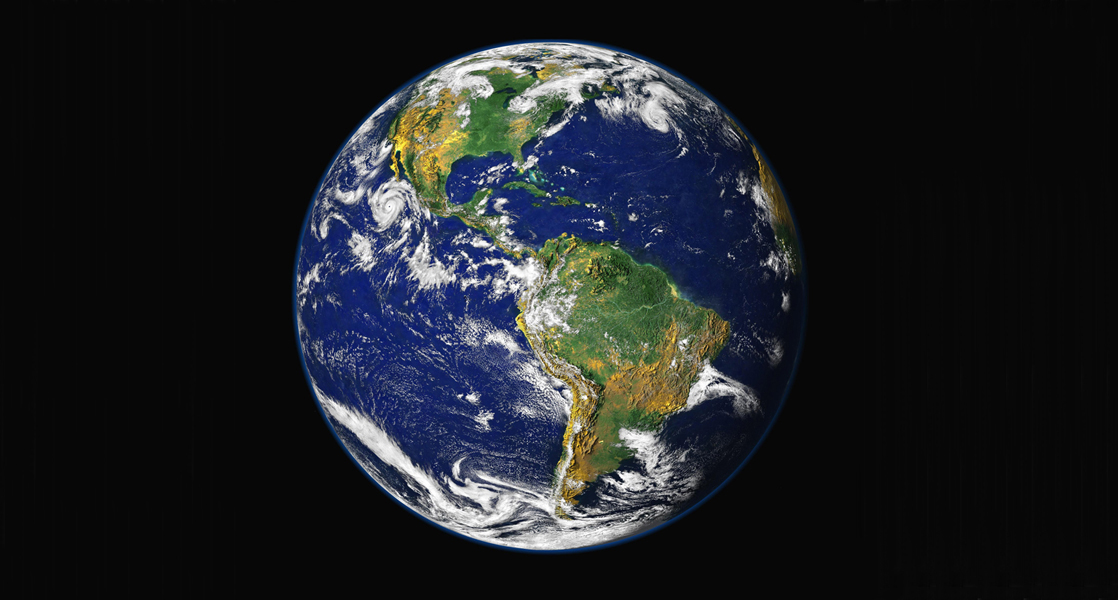
|

1.1 The study of life Read Online

Viewed from space, Earth offers no clues about the diversity of life forms that reside there. The first forms of life on Earth are thought to have been microorganisms that existed for billions of years in the ocean before plants and animals appeared. The mammals, birds, and flowers so familiar to us are all relatively recent, originating 130 to 200 million years ago. Humans have inhabited this planet for only the last 2.5 million years, and only in the last 200,000 years have humans started looking like we do today.
Chapter 06: Metabolism
6.1 Energy and Metabolism
6.2 Potential, Kinetic, Free, and Activation Energy
6.3 The Laws of Thermodynamics
6.4 ATP: Adenosine Triphosphate
6.5 Enzymes
Question: An allosteric inhibitor does which of the following?
Choices:
Binds to an enzyme away from the active site and changes the conformation of the active site, increasing its affinity for substrate binding
Binds to the active site and blocks it from binding substrate
Binds to an enzyme away from the active site and changes the conformation of the active site, decreasing its affinity for the substrate
Binds directly to the active site and mimics the substrate
Question: Label each of the following systems as high or low entropy: i. the instant that a perfume bottle is sprayed compared with 30 seconds later, ii. an old 1950s car compared with a brand new car, and iii. a living cell compared with a dead cell.
Choices:
i. low, ii. high, iii. low
i. low, ii. high, iii. high
i. high, ii. low, iii. high
i. high, ii. low, iii. Low
Question: DNA replication involves unwinding two strands of parent DNA, copying each strand to synthesize complementary strands, and releasing the parent and daughter DNA. Which of the following accurately describes this process?
Choices:
This is an anabolic process
This is a catabolic process
This is both anabolic and catabolic
This is a metabolic process but is neither anabolic nor catabolic
Question: Which of the following is the best way to judge the relative activation energies between two given chemical reactions?
Choices:
Compare the ΔG values between the two reactions
Compare their reaction rates
Compare their ideal environmental conditions
Compare the spontaneity between the two reactions
Question: Energy is stored long-term in the bonds of _____ and used short-term to perform work from a(n) _____ molecule.
Choices:
ATP : glucose
an anabolic molecule : catabolic molecule
glucose : ATP
a catabolic molecule : anabolic molecule
Question: Consider a pendulum swinging. Which type(s) of energy is/are associated with the pendulum in the following instances: i. the moment at which it completes one cycle, just before it begins to fall back towards the other end, ii. the moment that it is in the middle between the two ends, iii. just before it reaches the end of one cycle (just before instant i.).
Choices:
i. potential and kinetic, ii. potential and kinetic, iii. kinetic
i. potential, ii. potential and kinetic, iii. potential and kinetic
i. potential, ii. kinetic, iii. potential and kinetic
i. potential and kinetic, ii. kinetic iii. kinetic
Question: The energy released by the hydrolysis of ATP is
Choices:
primarily stored between the alpha and beta phosphates
equal to -57 kcal/mol
harnessed as heat energy by the cell to perform work
providing energy to coupled reactions
Question: Which of the following is not an example of an energy transformation?
Choices:
Turning on a light switch
Solar panels at work
Formation of static electricity
None of the above
Question: Which of the following is not true about enzymes:
Choices:
They increase ΔG of reactions
They are usually made of amino acids
They lower the activation energy of chemical reactions
Each one is specific to the particular substrate(s) to which it binds
Question: Which of the following comparisons or contrasts between endergonic and exergonic reactions is false?
Choices:
Endergonic reactions have a positive ΔG and exergonic reactions have a negative ΔG
Endergonic reactions consume energy and exergonic reactions release energy
Both endergonic and exergonic reactions require a small amount of energy to overcome an activation barrier
Endergonic reactions take place slowly and exergonic reactions take place quickly
Question: Which of the following molecules is likely to have the most potential energy?
Choices:
sucrose
ATP
glucose
ADP